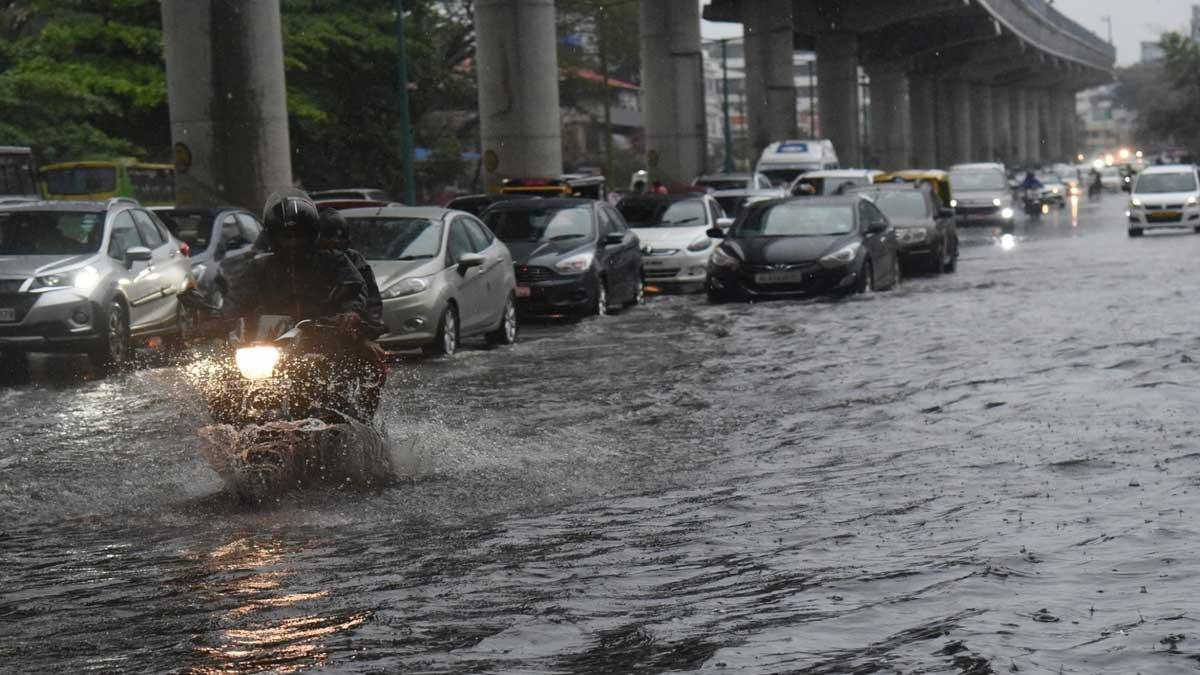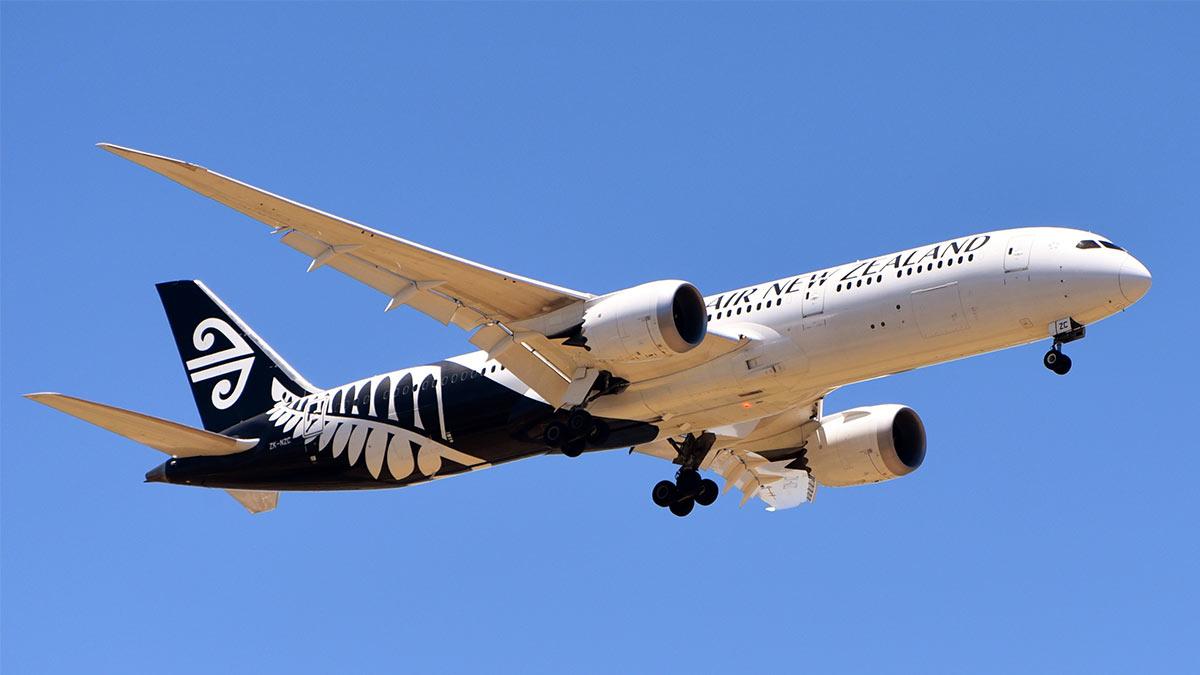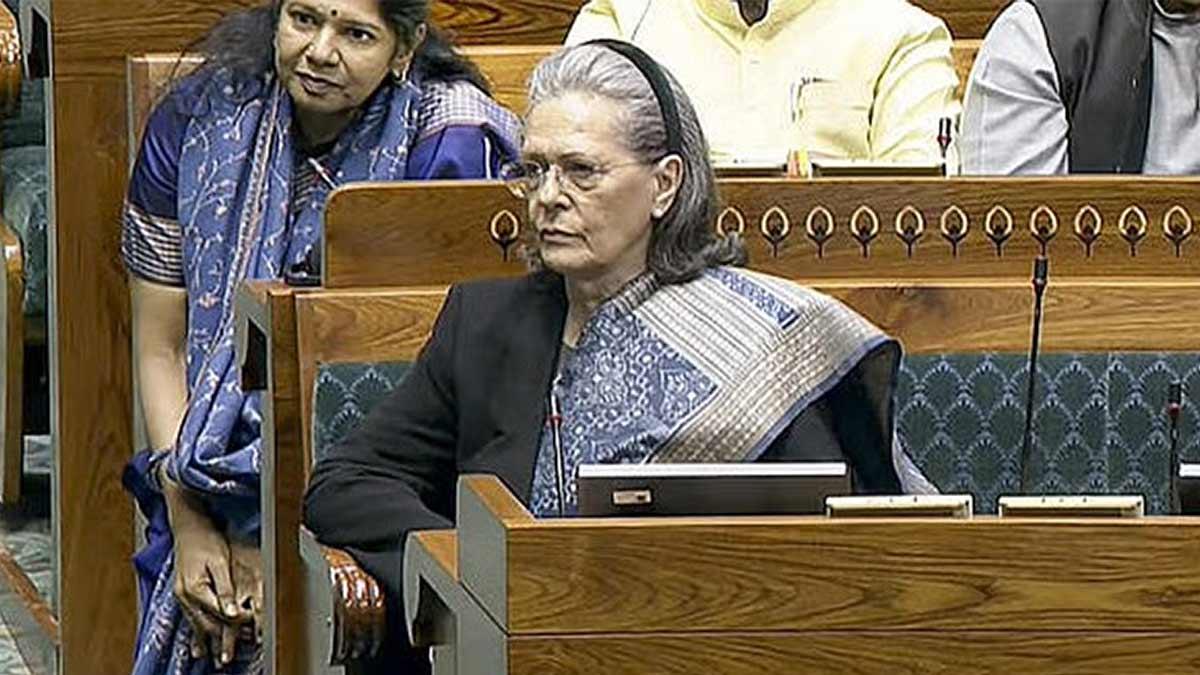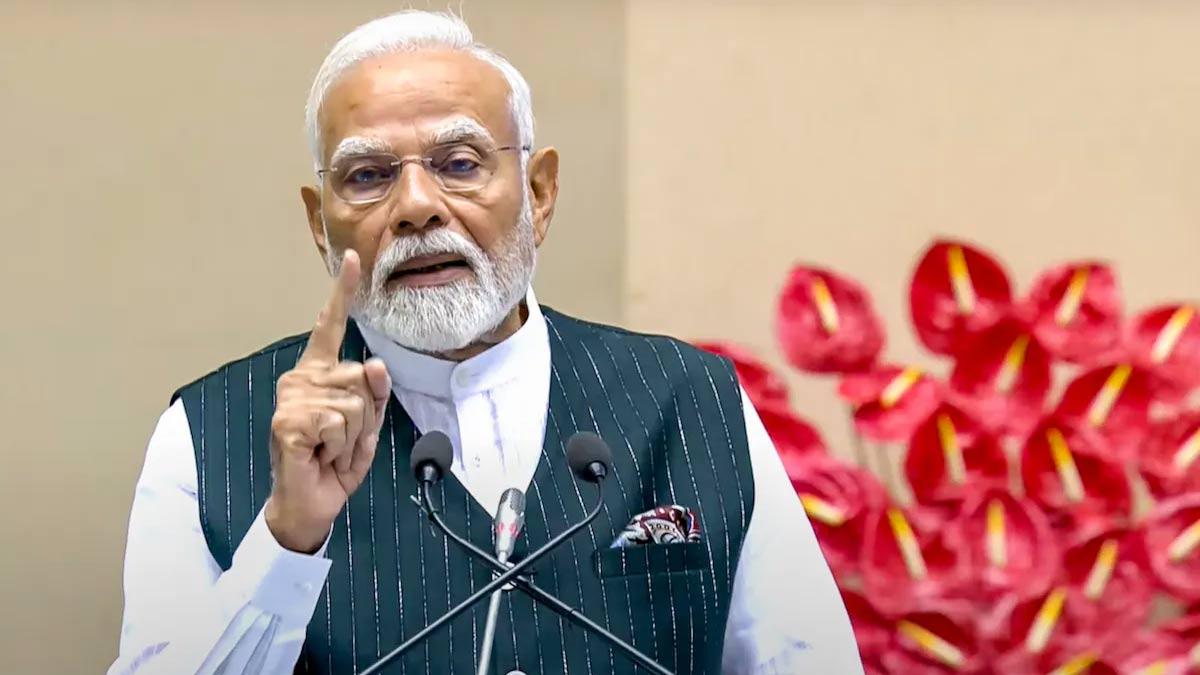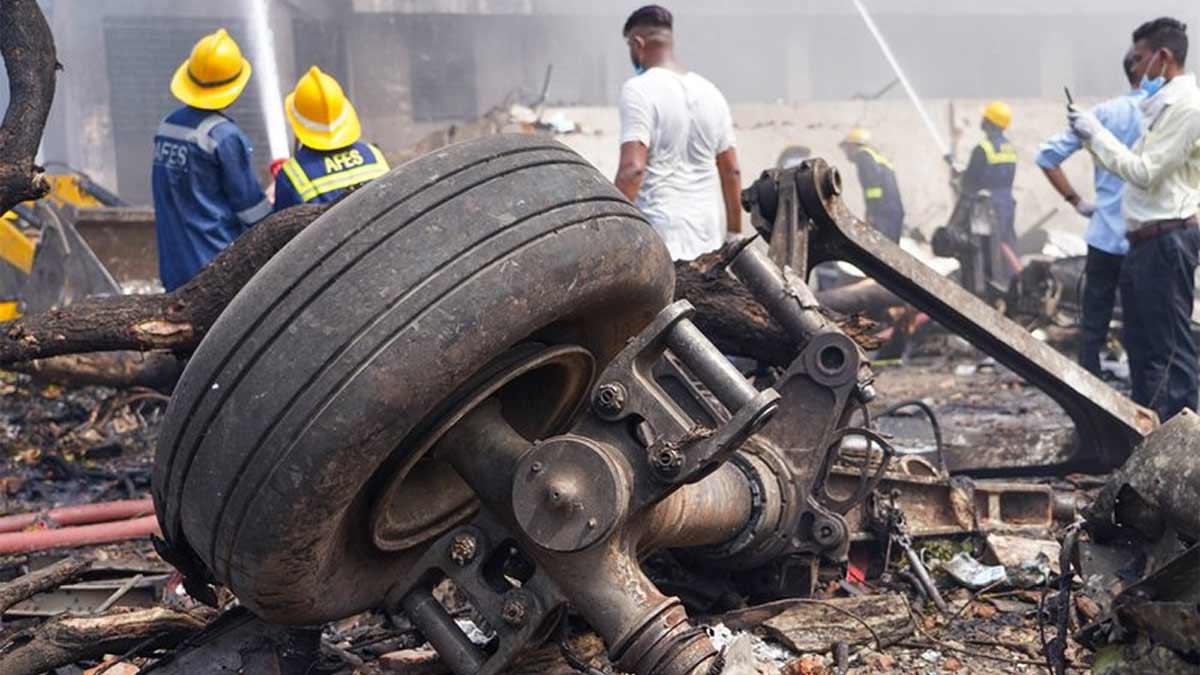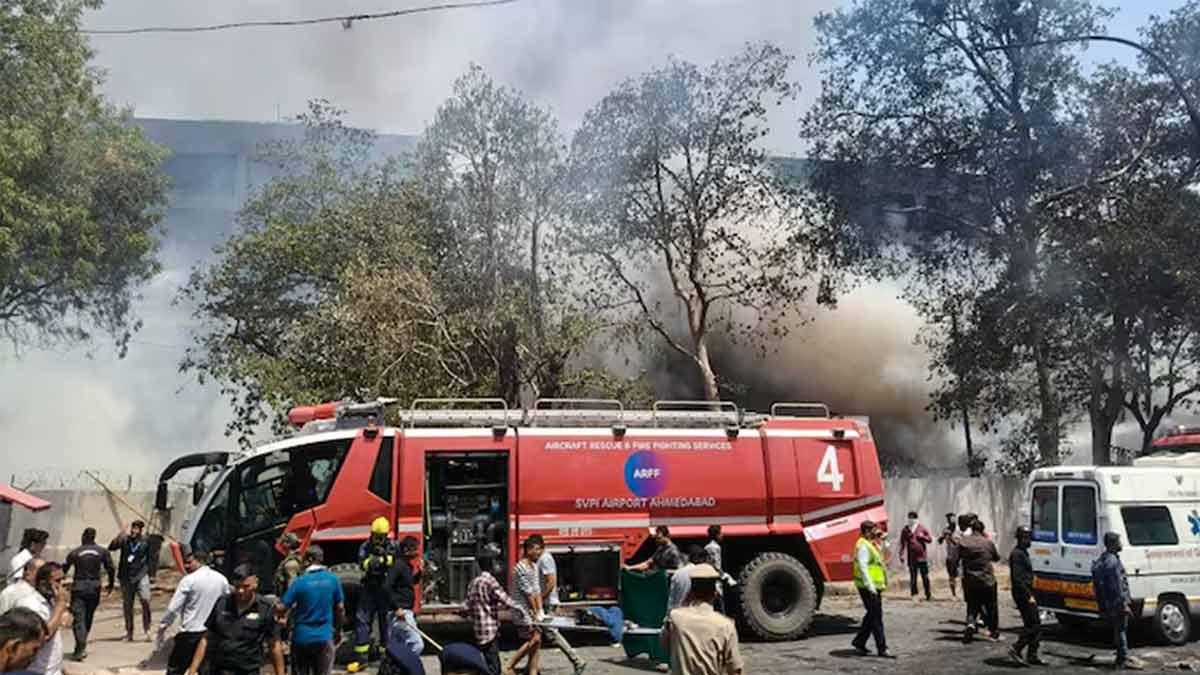Heavy rainfall that began on Thursday in Delhi-NCR submerged the city and nearby areas with massive waterlogging and severe traffic congestion during the morning hours on Friday.
According to Meteorological Department, Delhi got 228 mm of rainfall between 8.30 am Thursday and 8.30 am Friday—the highest 24-hour June rainfall since 1936—when it had recorded 235.5 mm. This is much more than Delhi's average June rainfall of 80.6 mm.
While it brought relief from the scorching heat of the past months—the minimum temperature plummeted to 24.7 degrees Celsius, 3.2 degrees below normal—the showers once again laid bare some important deficiencies of the city's infrastructure on Friday.
Contrary to Delhi Mayor Shelly Oberoi's assurance on June 18 that the city was fully prepared for the monsoon, these initial heavy rains caused a lot of waterlogging. This happens amidst assurances made some time back that the storm drains were clean and would not cause any hassles during the monsoon.
Commuters felt the impact acutely, as waterlogging and traffic jams at major junctions like the ITO, where the water level touches up to two to three feet, were common. The same trouble was reported at the Hanuman Temple Intersection leading toward Mandi House, and then it spilled over to roads like Ashoka Road, Feroz Shah Road, and Connaught Place. At places like Moolchand, it was little different.
Irrespective, Noida too inured waterlogging despite inspections done on Thursday by the CEO of Noida Authority and officials. Mahamaya Flyover, Sector 62, and areas like Sector 15 and 16 were very badly affected.
This was unprecedented rainfall and exposed the need for much better infrastructure and preparation for the event of such a situation.
Read also | Delhi Anticipates Monsoon's Arrival Within 2-3 Days, IMD Reports

